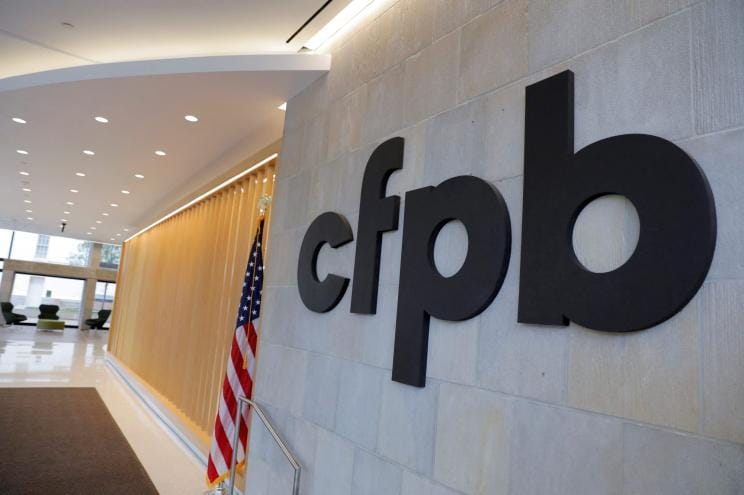In the evolving landscape of U.S. trade policy, aides to former President Donald Trump are reportedly finalizing a new universal tariff plan. This initiative, which aims to implement tariffs across a wide range of imports, is characterized by one key change that distinguishes it from previous proposals. The adjustment is intended to address criticisms and concerns raised by various stakeholders, including economists, business leaders, and international partners.
The original concept of a universal tariff was met with mixed reactions during Trump’s presidency. Proponents argued that it could protect American industries from foreign competition and generate revenue for the government. However, critics warned that such a policy could lead to trade wars, increased consumer prices, and strained international relations. The new proposal appears to be a response to these concerns, as Trump’s aides seek to refine the approach to better align with contemporary economic realities.
One of the significant changes in the revised tariff plan is the introduction of a tiered tariff structure. Under this framework, tariffs would be adjusted based on the economic conditions of the exporting countries. For instance, nations with developing economies may face lower tariffs to promote trade and economic growth, while countries with more robust economies could be subject to higher tariffs. This nuanced approach aims to foster goodwill among trading partners while still protecting American interests.
In addition to the tiered structure, the new plan emphasizes the importance of bilateral negotiations. Trump’s aides have indicated that they intend to engage in discussions with key trading partners to address specific trade imbalances. By prioritizing negotiations, the administration hopes to mitigate potential backlash from countries that might otherwise retaliate against U.S. tariffs. This shift in strategy reflects a recognition of the interconnectedness of global markets and the need for collaboration in addressing trade issues.
Moreover, the revised universal tariff plan is designed to be more transparent and predictable. In the past, abrupt changes in trade policy led to uncertainty for businesses and investors. The new proposal aims to establish clear guidelines and timelines for tariff implementation, allowing companies to better plan their operations and investments. This predictability could help stabilize markets and encourage economic growth, especially in sectors that have been adversely affected by previous trade policies.
The aides have also highlighted the importance of domestic production in the context of the new tariff plan. By incentivizing companies to manufacture goods in the United States, the administration hopes to create jobs and stimulate economic growth. This focus on domestic production aligns with broader economic goals, including reducing reliance on foreign supply chains, which has become a pressing issue in light of recent global disruptions.
As the aides prepare to unveil the revised universal tariff plan, they are also considering public sentiment and the political landscape. The previous tariffs implemented during Trump’s presidency faced significant pushback from various sectors, including agriculture and manufacturing. By incorporating feedback from these stakeholders, the administration aims to build a coalition of support for the new proposal. Engaging with industry leaders and labor groups will be crucial in ensuring that the plan addresses the concerns of those directly impacted by trade policies.
The timing of this new initiative is also noteworthy. With the 2024 presidential election on the horizon, Trump’s aides are keenly aware of the need to present a cohesive and effective trade strategy that resonates with voters. As economic issues remain a top priority for many Americans, the revised universal tariff plan could become a central talking point in the campaign. The aides are likely to emphasize the potential benefits of the plan, including job creation, economic growth, and enhanced competitiveness in the global market.
In conclusion, the aides to former President Donald Trump are actively working on a revised universal tariff plan that incorporates significant changes aimed at addressing previous criticisms and concerns. By introducing a tiered tariff structure, emphasizing bilateral negotiations, and focusing on domestic production, the administration seeks to create a more balanced and effective trade policy. As the plan is finalized and presented to the public, its implications for U.S. trade relations and the economy will be closely monitored by various stakeholders.



